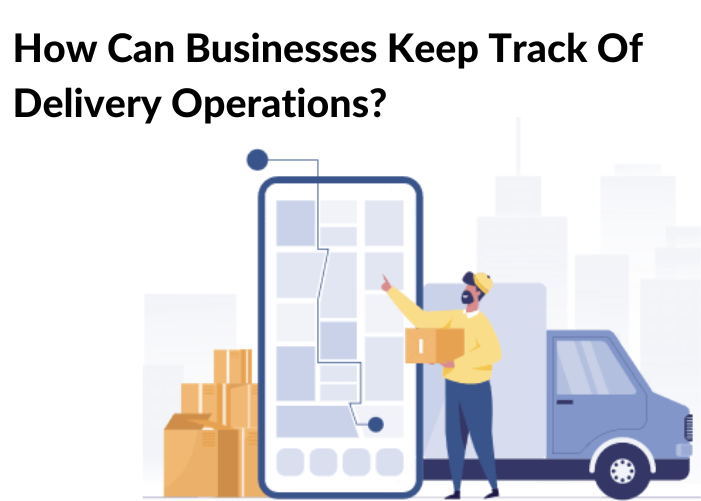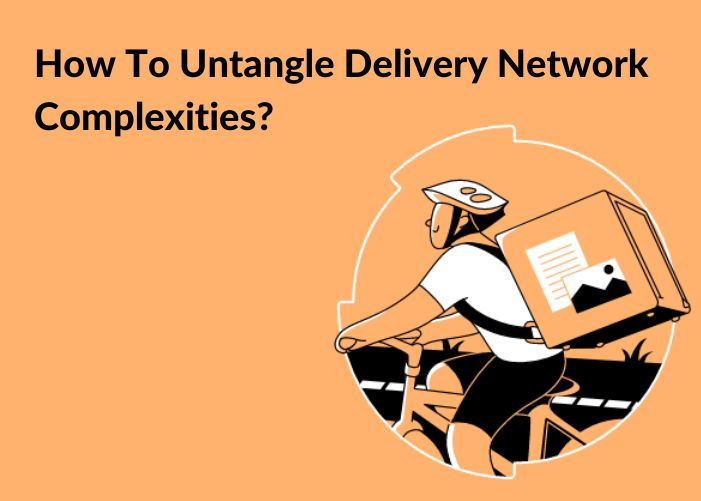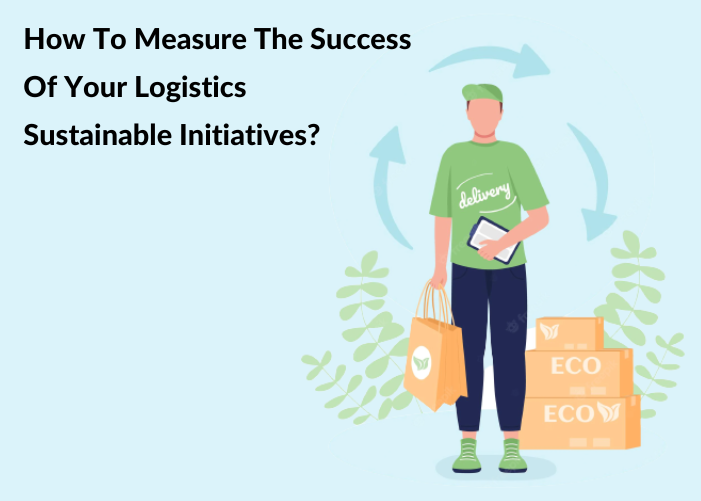1) Why has Delivery Optimization become a buzzword in recent times?
Logistics and distribution have become complex tasks. Consumer preferences have rapidly evolved, fuelled in recent times by the “Amazon-isolation” of the home-delivery models, i.e. 24-hour delivery and same-day delivery!
No longer do the good old days exist, when you could take up to two weeks for delivery! Neither is the standard response of “your parcel is out for delivery” on the promised date good enough anymore! Therefore, delivery businesses and retail brands need to constantly innovate on the best methods of order fulfillment, from reducing costs to shortening delivery times.
Marketing, sales discounts, larger fleets, more drivers, using a distributed hub-n-spoke model with larger distribution centers—all such tactics to attract and retain customers are true and valid. Some involve upfront costs and have gestation periods, while others have a more immediate impact. And, with all players doing it, the competition is intense and unforgiving…
~~ Research shows that 90% of customers will pay extra for an improved Customer Experience. And, since 80% of business is from 20% of the current customer list, it is imperative to deliver a satisfying one ~~
However, the one constant among all such strategies is the use of technology. Without it, it would be impossible to manage the frenetic, 24/7 world of global logistics! Safe to say, therefore, that your greatest ally is the modern, automated, GPS-installed, cloud-based last mile delivery software…
2) But, what does Delivery Optimization really mean?
Simply put, it means using much improved—ideally, the “best”—delivery routes at both a strategic as well as an operational level to deliver customer parcels.
Clearly, it isn’t an easy task since there are several (fluctuating) variables that have a constant impact on the “ideal routes”. Right from traffic and weather, size of parcel, driver and fleet vehicle availability…well, the list is a long one!
The top Delivery Management Software offers best-in-class features:
- Route Optimization: So that the most effective routes are always prescribed
- Automation: Recurring tasks are automated so that complex activities at scale can be efficiently undertaken
- Geo-fencing: Areas for delivery agents are charted out to ensure they stay within prescribed limits. This reduces delivery times, prevents malpractices, enhances safety
- API Integration: Integrate the MIS of stakeholders for 100% visibility, improved efficiency
- Driver and Resource Management: Assign workloads based on available resources and driver work hours so there isn’t exploitation, burnout, etc.
- Real-time alerts: Receive vehicle maintenance alerts for service and repair. Reduce operating costs, fuel consumption, sudden breakdowns
- Improved safety: Track driver behavior in real-time to check for rash driving, idling, hard-cornering, etc. Improve safety protocol, helps train drivers for continued awareness and improvement
- Improved productivity: Ultimately, all features and tools work pointedly toward the most desired metric i.e. improved company productivity and profitability ~~
And, whether you are a small, standalone retail establishment, a large global e-commerce firm, a logistics company, a food-delivery aggregator, (etc.), you will face these challenges. Customers who order food online, for example, expect their orders to arrive within an hour! And that is the absolute upper limit! Any more, and they will promptly tap the other competitor’s app—and you would lose a customer!
Clearly, the ultimate objective of keeping track of delivery operations and optimizing them is to achieve Customer Satisfaction by giving them a satisfactory customer experience.
3) How does dispatch software optimize delivery operations?
In order to optimize your daily routes and schedules, track your delivery operations, and monitor your fleet closely, you must deploy efficient dispatch software. Let’s look at how this would benefit your delivery operations:
- Route Optimization: The delivery-software hones in on the most efficient route for daily deliveries. It balances out several variables – including fleet vehicle and driver availability, destination locations, package details, weather and traffic conditions, and customer delivery windows – to come up with it. Remember, the most efficient route isn’t the shortest, fastest, or cheapest, but the one that sits on the Golden Mean of all the numerous factors that impact it. This feature is crucial – it enables firms to make their deliveries in the least possible time, and at the least likely cost, while optimizing the resources used.
- Tracking in real-time: In the old days, tracking your delivery teams once they were out on their daily beat was a difficult task. Office teams were dependent on the drivers calling in from gas stations, convenience stores, or client sites once their packages were delivered. This was cumbersome, expensive, time-consuming, and could lend itself to malpractices.
~~ Today’s customers are a demanding bunch! They demand a robust delivery system that has instant updates, feedback surveys, and real-time communication ~~
With GPS-fitted delivery software, however, this is done automatically, in real-time, and with pinpoint accuracy. Central logistics teams can see the movements of their fleet vehicles on the map as they move through their daily schedules. Central teams can also help in diverting their drivers from the originally planned routes should there be any emergencies (e.g. accidents, incremental weather, road closures, etc.)
- Automation: Without a doubt, the ability to digitize, or bring online, the entire process of logistics and deliveries – while at the same time also bringing online the numerous stakeholders that operate in this highly interconnected eco-system and supply chain – is a winning feature! This circumvents old practices of manual processes, and frequent errors, and successfully streamlines the entire operation.
- Data analytics: Since all activity is tracked online, it is also recorded as a “data point”. This enables Logistics Managers to slice-n-dice the data in various ways to come up with meaningful, actionable insight that improves their decision-making
- Improved communication: Today’s customers are ever-demanding! They expect to be “kept in the loop” at all times about the progress of their deliveries. With last-mile delivery software, you can communicate with them in real-time via calls, App notifications, SMS, email (etc.) to constantly update them about their package.
- Driver management: Often, not enough thought is spared for the drivers. Don’t forget that they are the most crucial wheel cog–they execute all your plans! They work long, demanding hours, often under challenging conditions, and from the face of the company to the end customer.
The advent of delivery software has come as a huge benefit for them, too: central teams can now assign better work schedules, support them to tackle obstacles/emergencies in real-time while on their daily beat, provide them with the requisite rest, and train them periodically as required.
Conclusion: As is evident, using modern, automated delivery software to optimize and track your delivery operations is a must-have for success.




